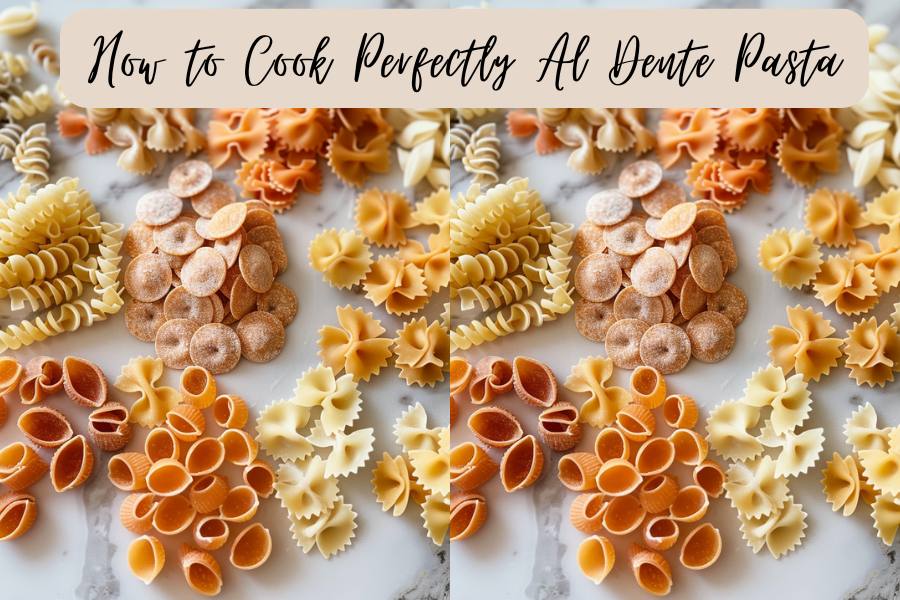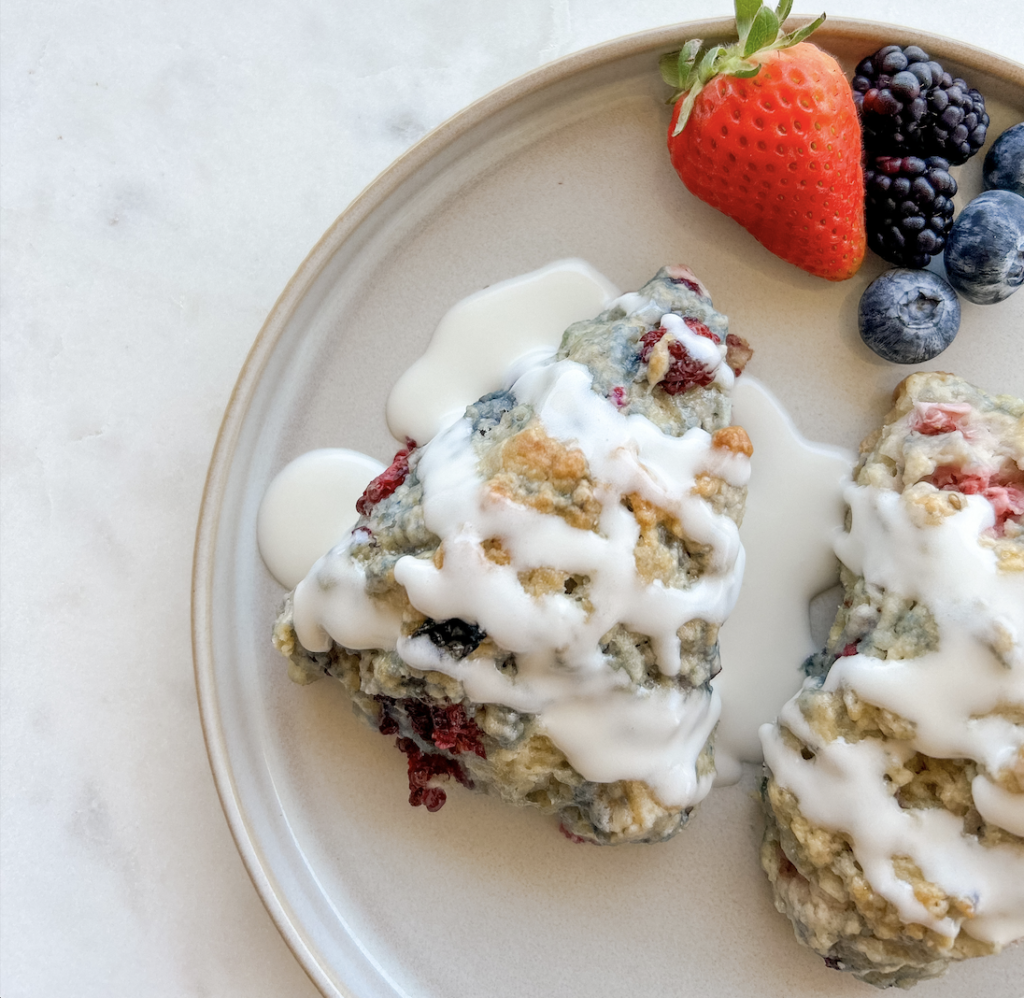Looking for a complete list of al dente pasta tips? I got you covered! Cook perfectly al dente pasta with ease after you learn these foundational concepts.
This post contains affiliate links, which means I’ll receive a commission if you purchase through my link, at no extra cost to you. Please read the full disclosure here.
Ah, pasta – the ultimate comfort food that never disappoints. But if you’ve ever found yourself munching on a mushy mess instead of that perfect bite, you’ve come to the right place. We’re diving into the world of “al dente” pasta, where every bite has that ideal balance of tender and firm. Get ready to become a pasta pro with these easy steps!
This post is all about al dente pasta tips!
Understanding Al Dente
So, what does “al dente” actually mean? In Italian, it translates to “to the tooth,” indicating pasta that’s firm to the bite yet cooked through. It’s the gold standard for pasta texture, giving you a satisfying chew and the ability to hold onto the sauce like a champ. Plus, al dente pasta has a lower glycemic index, making it a healthier choice. Win-win!
Gathering Your Ingredients and Tools
Before we get cooking, let’s make sure we have everything we need:
- Ingredients:
- Tools:
- A large pot
- Colander
- Wooden spoon or pasta fork
- Timer (your phone works great)
[the_ad id=”3378″]
Step-by-Step Guide to Cooking Al Dente Pasta
Boiling the Water
Start by filling a large pot with water. Think big – you want plenty of space for your pasta to move around. Aim for about 4-6 quarts of water per pound of pasta. Bring it to a rolling boil over high heat.
What is a Rolling Boil?
A rolling boil means the water is boiling vigorously with bubbles continuously rising to the surface and bursting. It’s an active, rolling motion that can’t be stirred down. This ensures the pasta cooks evenly and doesn’t clump together.
Salting the Water
Once your water is boiling, it’s time to add salt. Don’t be stingy – we’re talking about 1-2 tablespoons per 4-6 quarts of water. This is crucial for enhancing the pasta’s flavor. Imagine the ocean, not a salt lick!
Why Salt the Water?
Salting the water is essential because pasta absorbs water as it cooks. If the water is well-salted, the pasta will be seasoned from the inside out, enhancing its natural flavor. Without salt, the pasta would taste bland no matter how delicious your sauce is.
Adding the Pasta
Now, add your pasta to the boiling water. Give it a quick stir to prevent sticking and ensure it’s all submerged. The water should return to a boil quickly after adding the pasta.
Why Add Olive Oil to the Water?
Some cooks add a splash of olive oil to the boiling water. The idea is that it helps prevent the pasta from sticking together. However, be cautious – too much oil can make the pasta slippery and less able to hold onto the sauce.
[the_ad id=”3378″]
Cooking Time
Check the package for the recommended cooking time, but set your timer for 2 minutes less. This gives you a window to check for that perfect al dente texture. Start tasting the pasta a couple of minutes before the timer goes off. Remember, you want it firm to the bite.
Food Science Moment: What Happens to Pasta in Boiling Water?
When pasta is added to boiling water, the heat causes the starches in the pasta to gelatinize, absorbing water and swelling. The proteins in the pasta (primarily gluten) also start to denature and coagulate, giving the pasta its firm texture. Cooking to al dente means striking the perfect balance where the pasta is fully hydrated and tender, yet still firm.
Testing for Al Dente
To test, pull out a piece of pasta and let it cool slightly. Bite into it – you’re looking for a firm texture with a slight resistance. If it’s too hard, give it another minute and test again. Perfect al dente should be tender but still have a bite.
Draining the Pasta
Once your pasta hits that al dente sweet spot, it’s time to drain. Use a colander to remove the pasta from the pot. Pro tip: Reserve a cup of pasta water before draining. This starchy liquid can be magic for your sauce. Avoid rinsing the pasta; you want to keep those starchy surfaces intact to help the sauce cling.
[the_ad id=”3378″]
Final Touches and Serving
Toss your hot, perfectly al dente pasta with your favorite sauce right away to prevent sticking. If your sauce needs a bit of loosening, add a splash of that reserved pasta water. Serve immediately and garnish with cheese, herbs, or whatever floats your pasta boat.
Troubleshooting and Tips
- Common Mistakes:
- Overcooking: Keep a close eye (and tooth) on that timer!
- Under-salting: Don’t skimp on the salt – it’s your flavor enhancer.
- Not stirring: Stirring early and often prevents clumping.
- Reheating Pasta: To reheat without losing the al dente texture, briefly reheat in a pan with a bit of sauce or water. Microwaves tend to make pasta mushy.
- Different Pastas, Different Times: Remember, thicker kinds of pasta like rigatoni need more time than thin ones like angel hair. Adjust accordingly.
And there you have it – the secrets to cooking perfectly al dente pasta! With these tips, you’ll nail that perfect bite every time. Practice makes perfect, so keep experimenting and enjoy your culinary journey.
[the_ad id=”3378″]
This post was all about Al Dente Pasta Tips.
Ready to impress with your newfound pasta prowess? Give this method a try and share your results! Make sure to tag me @thespicegirlkitchen_ on Instagram or @thespicegirlkitchen on TikTok! I love seeing you CRUSH IT! I will be your ultimate hype woman!
Want to learn more about Kelsey? Click here to read her story!







